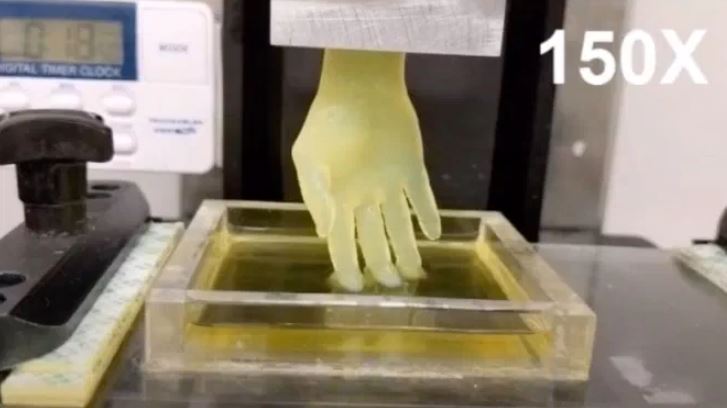As much as 3D-printed organs have advanced, creating them is still a slow process that can damage the tissue. However, there may soon be a quick and more effective method. Researchers from the University at Buffalo and elsewhere have developed a 3D printing technique that’s almost 50% faster than standard methods.

The new approach uses a combination of stereolithography with hydrogels. By precisely guiding photopolymerization, the team could quickly and continuously supply the necessary hydrogel solution and maintain “nonstop” growth.
The output is currently limited to “centimeter-sized” models, but it’s already well-suited to printing cells with built-in blood vessel networks. That will be crucial for the eventual production of human-sized organs.
ALSO READ>>>>Apple and nonprofit Common Sense Media Are Working Together to Provide Kid podcast recs





